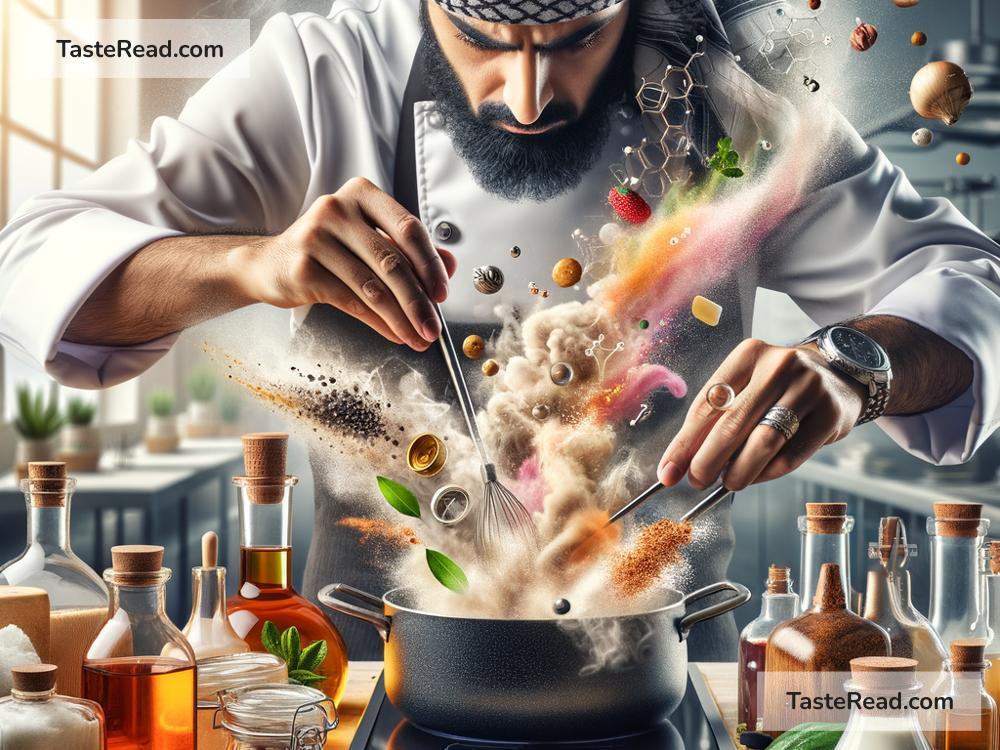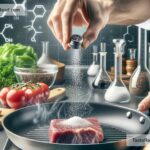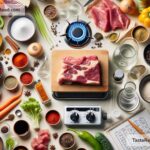The Science of Cooking with Chemical Exploration: Techniques and Tips
Cooking is both an art and a science. While the art of cooking comes from creativity and presentation, the science behind it lies in understanding how food behaves at the molecular level. Every recipe you follow is, in essence, a chemical experiment! In this blog, we’ll explore how chemistry plays a crucial role in cooking and share some simple techniques and tips to help you master your craft in the kitchen.
Understanding the Chemistry of Cooking
Cooking is all about reactions. When you expose ingredients to heat, cold, or other conditions, their molecules transform, creating new flavors, textures, and aromas. These changes are driven by chemical processes, such as:
-
Denaturation: Proteins change shape when exposed to heat or acid. This explains how eggs solidify when you cook them or why meat becomes more tender with marinades.
-
Caramelization: Sugar molecules break down at high temperatures, turning foods golden brown and creating a rich, sweet flavor. Think of the crust on a crème brûlée or roasted vegetables.
-
Maillard Reaction: When proteins and sugars interact at high temperatures, they create complex flavors. This reaction is responsible for the delicious browning of grilled meats and baked bread.
-
Fermentation: In foods like yogurt, bread, and kimchi, microorganisms like bacteria and yeast convert sugars into acids, alcohol, or gases, enhancing flavors and preserving them.
By understanding these chemical processes, you’ll have better control over how your dishes turn out. Let’s dive into some techniques!
Techniques to Bring Chemistry Into Your Kitchen
Here are some common cooking techniques that use chemistry to transform ingredients into delicious dishes:
1. Balancing pH for Flavor
Acidity (pH) plays a huge role in cooking. Acids like lemon juice or vinegar brighten flavors and cut through richness. Alkaline ingredients, like baking soda, tenderize meats and help baked goods rise. Try experimenting:
- Tip: Add a splash of lemon juice or vinegar to soups, sauces, or stews for a brighter, more balanced flavor.
- Tip: Use baking soda in marinades for tenderizing tough cuts of meat—but don’t overdo it or it’ll taste bitter!
2. Heat and Temperature
Cooking involves controlling temperature to achieve different results. Low heat can gently cook eggs or meats, while high heat sears food quickly, locking in juices and flavor.
- Tip: Use a thermometer to ensure you’re cooking meats to safe temperatures without over- or undercooking them.
- Tip: Let meat rest after cooking. This gives the juices time to redistribute, keeping it tender.
3. Emulsification for Creamy Sauces
Emulsification is a chemical process that blends ingredients that don’t mix well, like oil and water. Mayonnaise, vinaigrettes, and hollandaise sauce all rely on emulsification.
- Tip: Whisk oil into vinegar slowly while making a salad dressing to prevent separation.
- Tip: Add an emulsifier like mustard or egg yolk to stabilize the mixture.
4. Using Salt Wisely
Salt isn’t just a seasoning—it’s a chemical powerhouse. Salt enhances the natural flavor of food, draws moisture out of vegetables, and helps tenderize meat.
- Tip: Salt your ingredients early if time allows (dry-brining works wonders for meats).
- Tip: Use kosher or sea salt for better control over salting compared to table salt.
5. The Science of Baking
Baking often feels like a chemistry class because every ingredient has a specific job. Purposeful measurements and timing are key.
- Tip: Remember that baking soda reacts immediately (use it for recipes baked quickly), while baking powder releases gases over time (great for cakes and muffins).
- Tip: To avoid dense baked goods, measure flour carefully and don’t overmix, as this can overdevelop the gluten.
6. Controlling Water Content
Water is either your friend or enemy in cooking, depending on how you control it. Steam makes bread crust crispy, while too much moisture leads to soggy dishes.
- Tip: Dry veggies before roasting to prevent steaming and achieve a crispy finish.
- Tip: For crunchy bread, bake with a tray of water in the oven to create steam.
Experimenting in Your Kitchen
Cooking is all about experimenting—it’s basically chemistry in action. Try swapping acids, sugars, and seasonings to see how they influence the flavor and texture of your dish. For example:
- Swap lemon juice for lime juice in your marinade. How does the citrus change the flavor?
- Try caramelizing different fruits, like peaches or pineapple, to create unique desserts.
Keep notes as you play around with different techniques so you can recreate your successes or troubleshoot your mistakes. Science is all about trial and error!
The Joy of Science in Cooking
When you think of cooking as science, you open the door to curiosity and exploration. You’ll discover that each ingredient has properties that affect your dish, and knowing how to manipulate these properties gives you creative control. Whether you’re fermenting veggies, baking fresh bread, or experimenting with new seasonings, every moment in the kitchen is a lesson in chemistry.
So, the next time you’re cooking, remember—you’re not just following a recipe. You’re conducting edible experiments! Gather your ingredients, explore new techniques, and embrace the joy of science in cooking.


